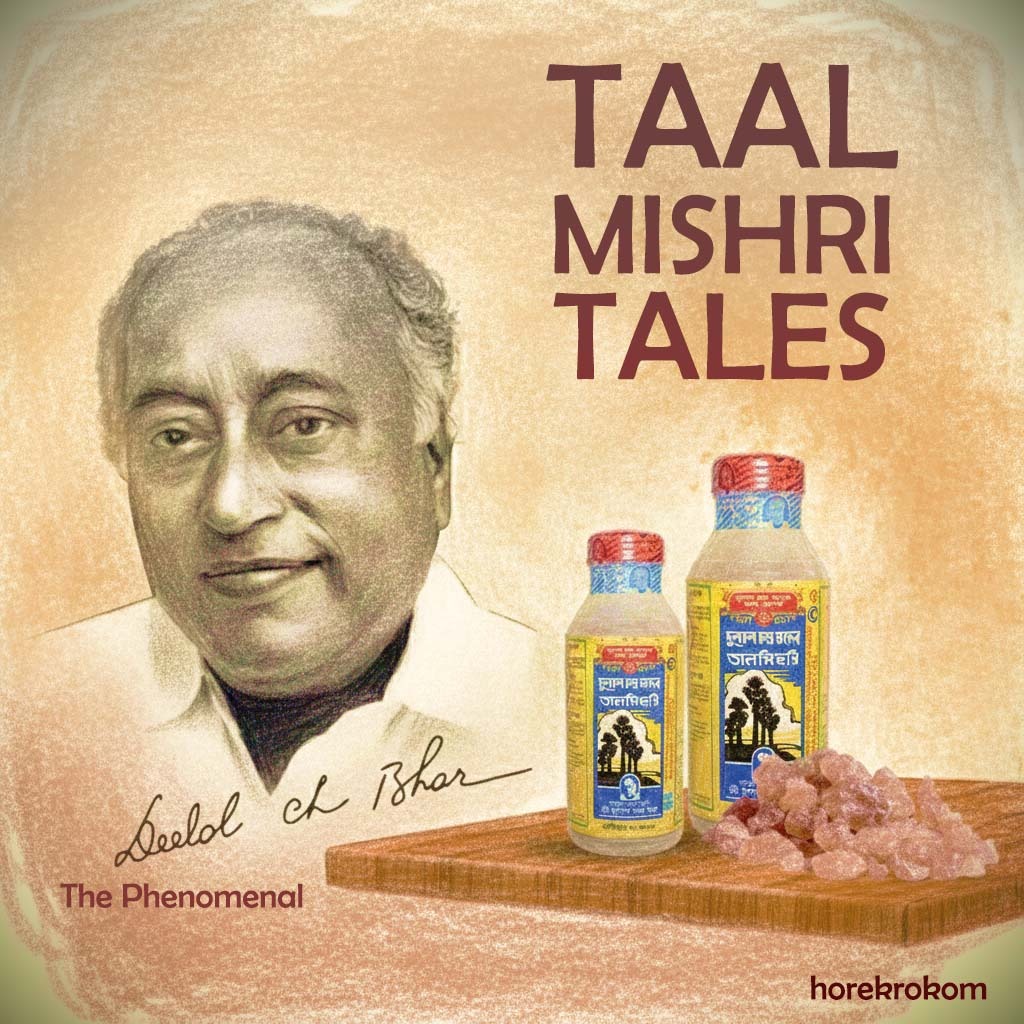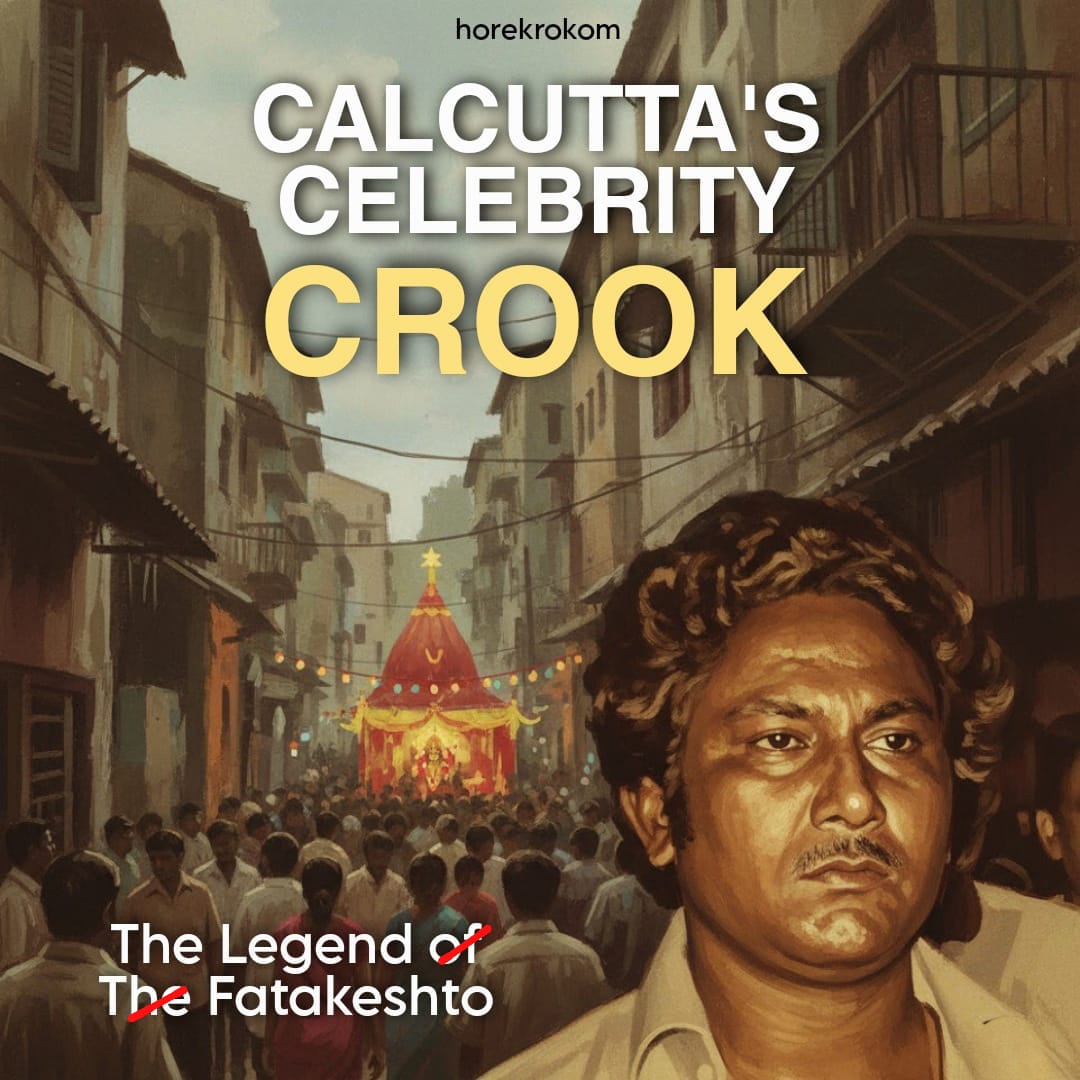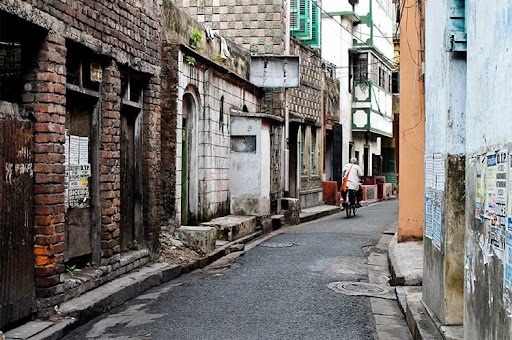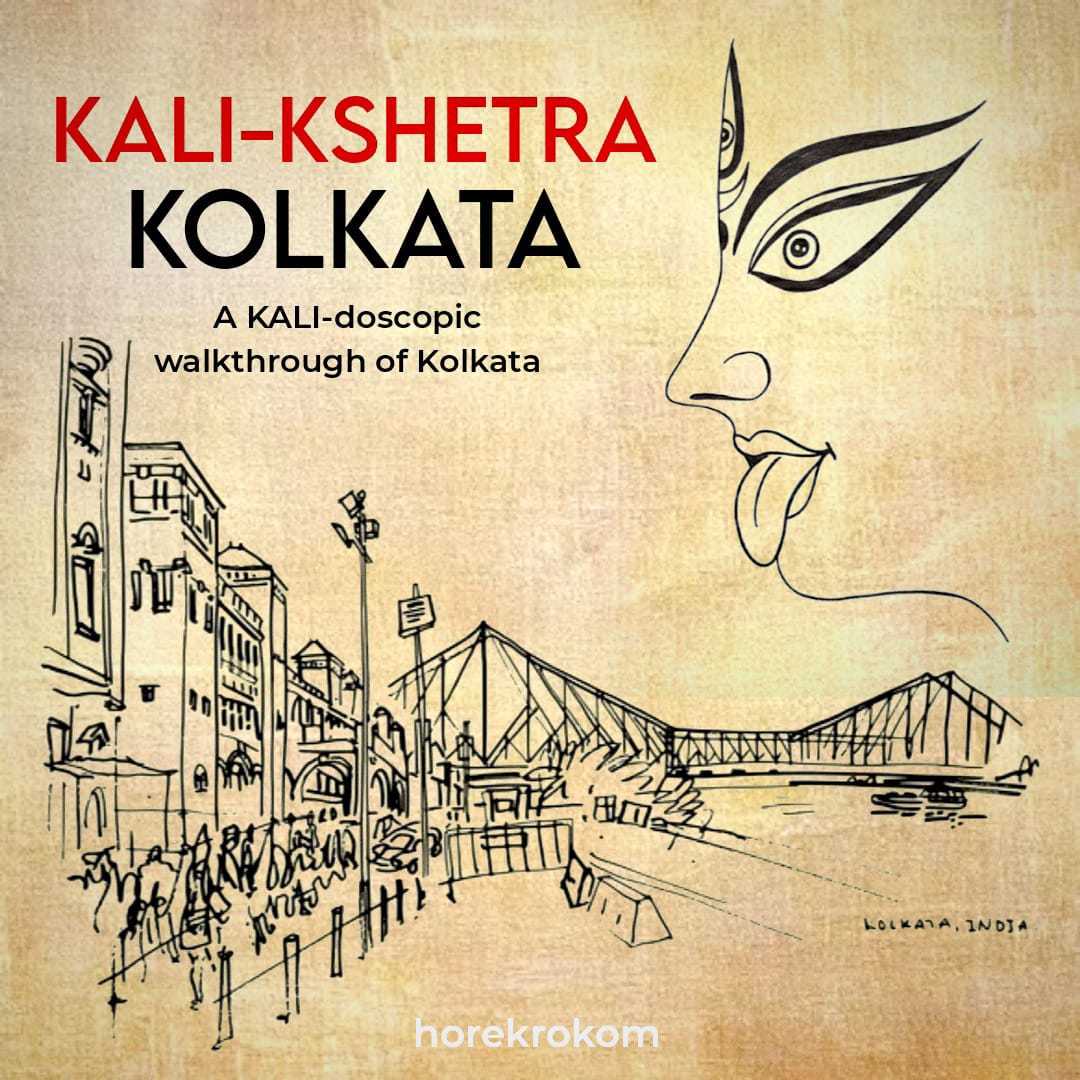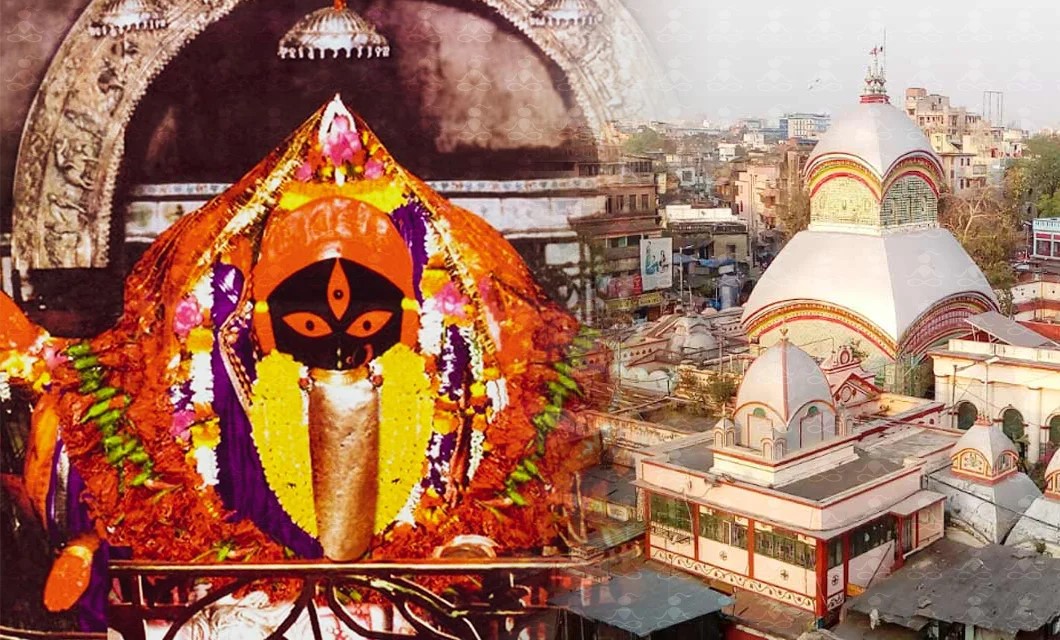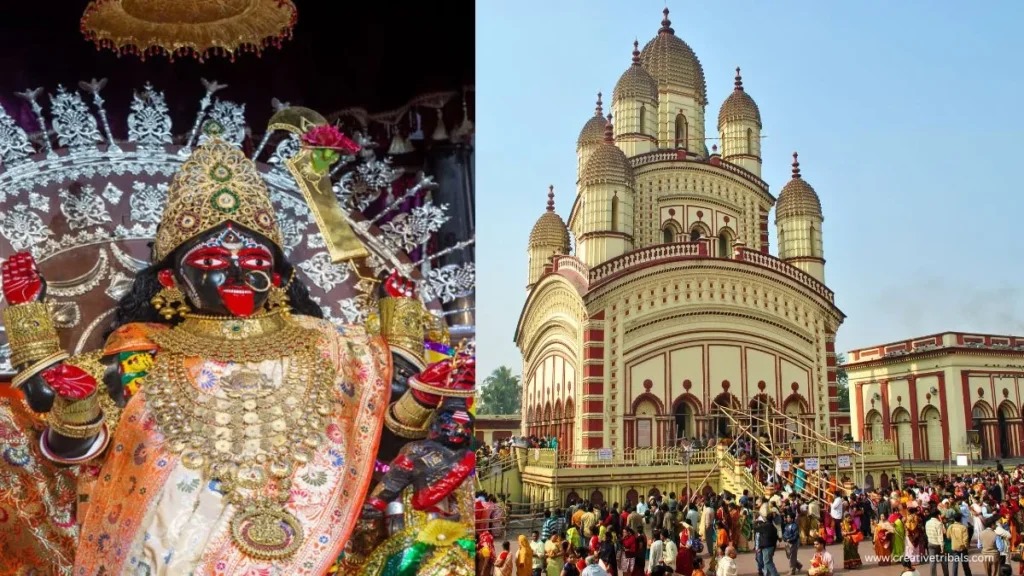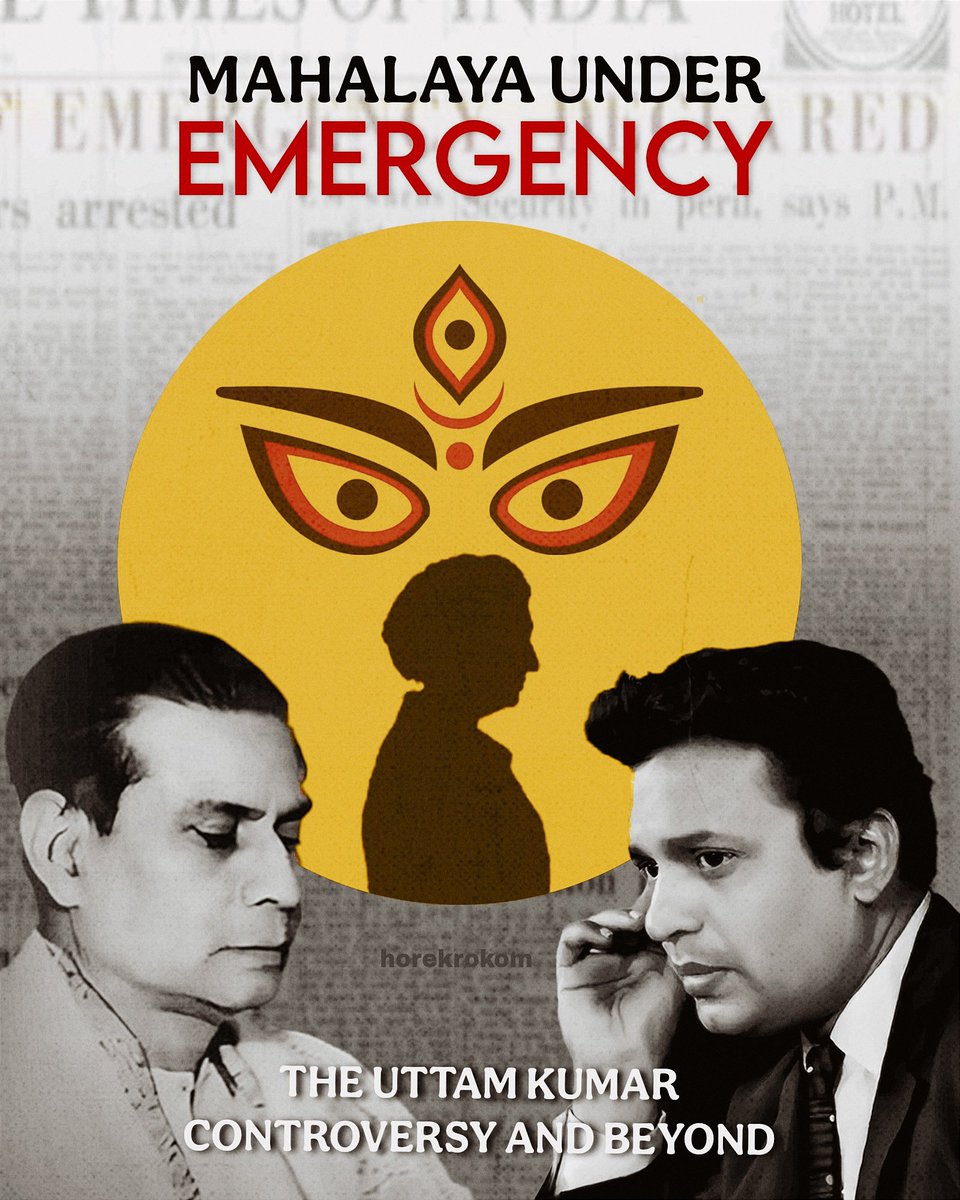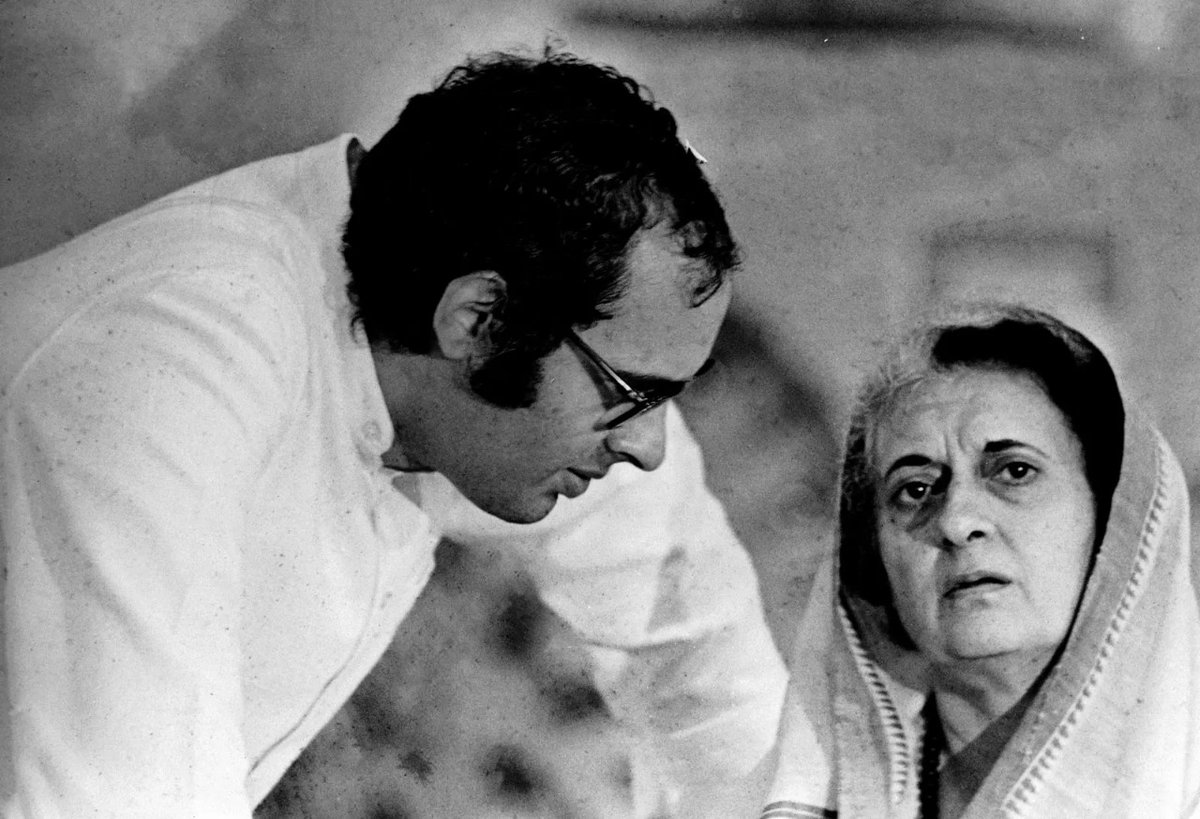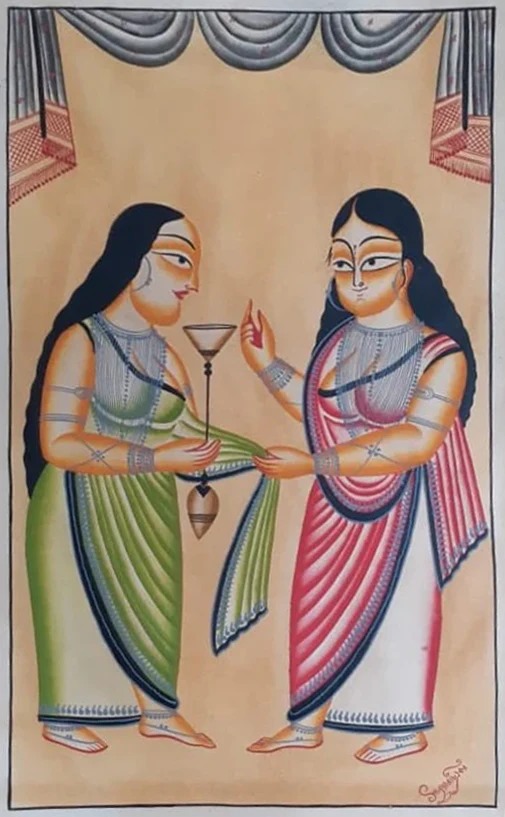🐍Snakes of West Bengal🐍
We often fear snakes and the consequences of snake bites. A little awareness and knowledge regarding this topic would help us greatly in dealing with such situations. This thread provides an overview of the common snakes of West Bengal & related topics.
We often fear snakes and the consequences of snake bites. A little awareness and knowledge regarding this topic would help us greatly in dealing with such situations. This thread provides an overview of the common snakes of West Bengal & related topics.

🐍Keute/Padma Gokhra 🛑 (Venomous)
The Monocled Cobra (Naja kouthia), found near wetlands, marshes, grasslands, and humid habitats, is a highly venomous snake. It is diurnal as well as nocturnal in nature.
The Monocled Cobra (Naja kouthia), found near wetlands, marshes, grasslands, and humid habitats, is a highly venomous snake. It is diurnal as well as nocturnal in nature.

🐍Kalach 🛑 (Venomous)
The Common Krait (Bungarus caeruleus), found near paddy fields, water sources, human habitats, and gardens, is a highly venomous snake. It is mainly nocturnal in nature and usually attacks when struck or hurt.
The Common Krait (Bungarus caeruleus), found near paddy fields, water sources, human habitats, and gardens, is a highly venomous snake. It is mainly nocturnal in nature and usually attacks when struck or hurt.

🐍Gokhra 🛑 (Venomous)
The Spectacled Cobra (Naja naja), easily identified by the spectacle mark on its hood, is usually present near paddy fields, termite hills, and rodent burrows. This highly venomous snake is diurnal as well as nocturnal.
The Spectacled Cobra (Naja naja), easily identified by the spectacle mark on its hood, is usually present near paddy fields, termite hills, and rodent burrows. This highly venomous snake is diurnal as well as nocturnal.

🐍Dora Sankhini Keute🛑 (Venomous)
The Banded Krait (Bungarus fasciatus), identifiable by its unique body color and stripe pattern, is highly venomous and can be found near lowlands and wetlands. It is mainly nocturnal, of calm nature, and a good swimmer as well.
The Banded Krait (Bungarus fasciatus), identifiable by its unique body color and stripe pattern, is highly venomous and can be found near lowlands and wetlands. It is mainly nocturnal, of calm nature, and a good swimmer as well.

🐍Chondrobora 🛑 (Venomous)
The Russell's Viper (Daboia russelii) is mainly found near rocky areas, scrublands, paddy fields, and hedges. It is primarily nocturnal, slow-moving, and its attacks are very swift.
The Russell's Viper (Daboia russelii) is mainly found near rocky areas, scrublands, paddy fields, and hedges. It is primarily nocturnal, slow-moving, and its attacks are very swift.

🐍Kalnagini 🟠 (Mild Venomous)
The Ornate Flying Snake (Chrysopelea ornata) is an arboreal snake, diurnal in nature, found in parks and gardens. They can expand and flatten their bodies, which helps them glide.
The Ornate Flying Snake (Chrysopelea ornata) is an arboreal snake, diurnal in nature, found in parks and gardens. They can expand and flatten their bodies, which helps them glide.
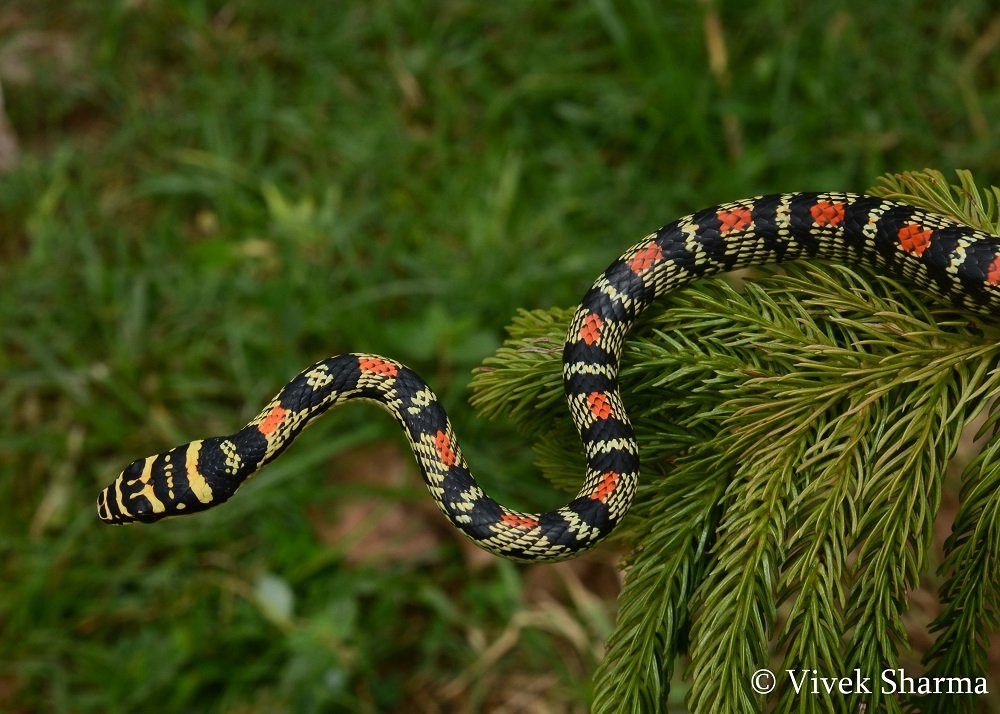
🐍Laudoga 🟠 (Mild Venomous)
The Vine Snake (Ahaetulla anomala) can be identified by its bright green color, although other variations are also present. They can be found in bushes, bamboo farms, and crevices. They are seldom found on land, being experts in camouflaging.
The Vine Snake (Ahaetulla anomala) can be identified by its bright green color, although other variations are also present. They can be found in bushes, bamboo farms, and crevices. They are seldom found on land, being experts in camouflaging.

🐍Metey 🟠 (Mild Venomous)
The Rainbow Mud Snake (Enhydris enhydris), as the name suggests, is mainly found in water bodies and marshlands. It is diurnal and aquatic in nature, and is normally docile.
The Rainbow Mud Snake (Enhydris enhydris), as the name suggests, is mainly found in water bodies and marshlands. It is diurnal and aquatic in nature, and is normally docile.

🐍Puye/Kecho/Dumukho 🟢 (Non Venomous)
The Brahminy Blind Snake (Indotyphlops brahminus) mainly lives in holes and burrows. It looks like a big earthworm and excretes a foul-smelling substance when threatened.
The Brahminy Blind Snake (Indotyphlops brahminus) mainly lives in holes and burrows. It looks like a big earthworm and excretes a foul-smelling substance when threatened.

🐍Moyal 🟢 (Non Venomous)
The Indian Rock Python (Python molurus), extremely long in size, resides in rocky and dry areas, forests, and wetlands. It is nocturnal, a swimmer, and devours small animals.
The Indian Rock Python (Python molurus), extremely long in size, resides in rocky and dry areas, forests, and wetlands. It is nocturnal, a swimmer, and devours small animals.

🐍Hele 🟢 (Non Venomous)
The Buff Striped Keelback (Amphiesma stolatum), found near paddy fields and water bodies, is diurnal in nature and of calm temperament. It secretes unpleasant excreta when irritated.
The Buff Striped Keelback (Amphiesma stolatum), found near paddy fields and water bodies, is diurnal in nature and of calm temperament. It secretes unpleasant excreta when irritated.

🐍Jawldhora 🟢 (Non Venomous)
The Checkered Keelback (Fowlea piscator), mainly found near water bodies, is an expert swimmer, both nocturnal and diurnal in nature. It moves in winding postures and catches fish.
The Checkered Keelback (Fowlea piscator), mainly found near water bodies, is an expert swimmer, both nocturnal and diurnal in nature. It moves in winding postures and catches fish.

🐍Cheeti 🟢 (Non Venomous)
The Common Wolf Snake (Lycodon aulicus) is found around human habitats and is a much ill-tempered snake, an efficient climber. It feeds on lizards and geckos.
The Common Wolf Snake (Lycodon aulicus) is found around human habitats and is a much ill-tempered snake, an efficient climber. It feeds on lizards and geckos.

🐍Udoykal 🟢 (Non Venomous)
The Banded Kukri Snake (Oligodon arnesis) is found in degraded forests. It is nocturnal in nature, and while its bites are painful, it is usually calm in nature.
The Banded Kukri Snake (Oligodon arnesis) is found in degraded forests. It is nocturnal in nature, and while its bites are painful, it is usually calm in nature.

🐍Danrash 🟢 (Non Venomous)
The Indian Rat Snake (Ptyas mucosa) is long in size and common in paddy fields, coastal areas, and rocky places. It's a fast climber, agile, and diurnal in nature. It devours small animals and other snakes.
The Indian Rat Snake (Ptyas mucosa) is long in size and common in paddy fields, coastal areas, and rocky places. It's a fast climber, agile, and diurnal in nature. It devours small animals and other snakes.

🐍Betachra 🟢 (Non Venomous)
The Bronzeback Tree Snake (Dendrelaphis tristis) is diurnal and arboreal. It swells its body for defensive behavior and is highly agile in nature. It consumes small birds and reptiles.
The Bronzeback Tree Snake (Dendrelaphis tristis) is diurnal and arboreal. It swells its body for defensive behavior and is highly agile in nature. It consumes small birds and reptiles.

Snake attacks can be broadly categorized into three categories. Some snakes wrap up their prey tightly to prevent circulation and respiration. Some deliver a lethal bite, injecting venom to neutralize or even kill. Some just assume a position to demonstrate the strike. 

Even some snakes devour their prey alive.Snake venom can be classified into different types based on their action. Haemotoxin prevents the normal functioning of blood clotting mechanisms. Neurotoxin blocks nerve impulses. Cardiotoxin causes attacks in cardiac muscle, & myotoxin. 

Snakes are found in almost every habitat, so it's important to prioritize safety. The majority of snake bites are non-venomous, but every bite requires immediate first aid treatment. Don't rub the bitten area; keep it calm and still. Cover the bite with a cloth & gently wipe it. 

Obtain antivenom serum from the nearest healthcare center without delay. Avoid the cut and suction method for wounds, which could lead to severe tissue infection. Most snakes are calm in nature. Try to avoid disturbing snakes and their nesting places. 

Regularly clean bushes and spread carbolic acid in areas if you reside in a snake-infested area.Don't believe in myths spread about snakes. charmers. Avoid treatments from charmers after snake bites. 

Snakes serve as significant upper-level predators and play an important role in ecosystems and the food chain. They control the populations of amphibians, rats, lizards, and other pests. They have medicinal uses and serve as a food source for apex predators. 

Therefore, snake conservation is crucial. Some snakes are endemic to certain regions. Killing such snakes or engaging in commercial activities related to them is a criminal offense. 

If you encounter a distressed group of snakes, contact the nearby rescue team. Snakes are among the most misunderstood creatures in the world, so more awareness is needed about them.
**Pictures collected from internet.
**Pictures collected from internet.
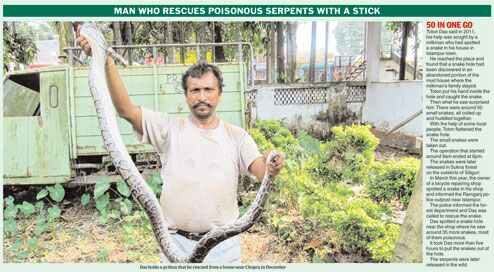
When discussing the Snakes of Bengal, Manasa is the presiding deity of snakes. Legends associated with the deity occupy a significant role in the folklore and indigenous culture of the region. You can check out our thread on this topic at
https://twitter.com/horek_rokom/status/1559784495015809024?t=en1oVmNurziCSAHgQk0cig&s=19
Disclaimer - This thread is based on some of the most common snakes of West Bengal. There are several other snakes in the state with different local names. Herpetology is a vast subject. For a deeper understanding & more information, consult books on this topic. Thank you
🐍END🐍




🐍END🐍




• • •
Missing some Tweet in this thread? You can try to
force a refresh


